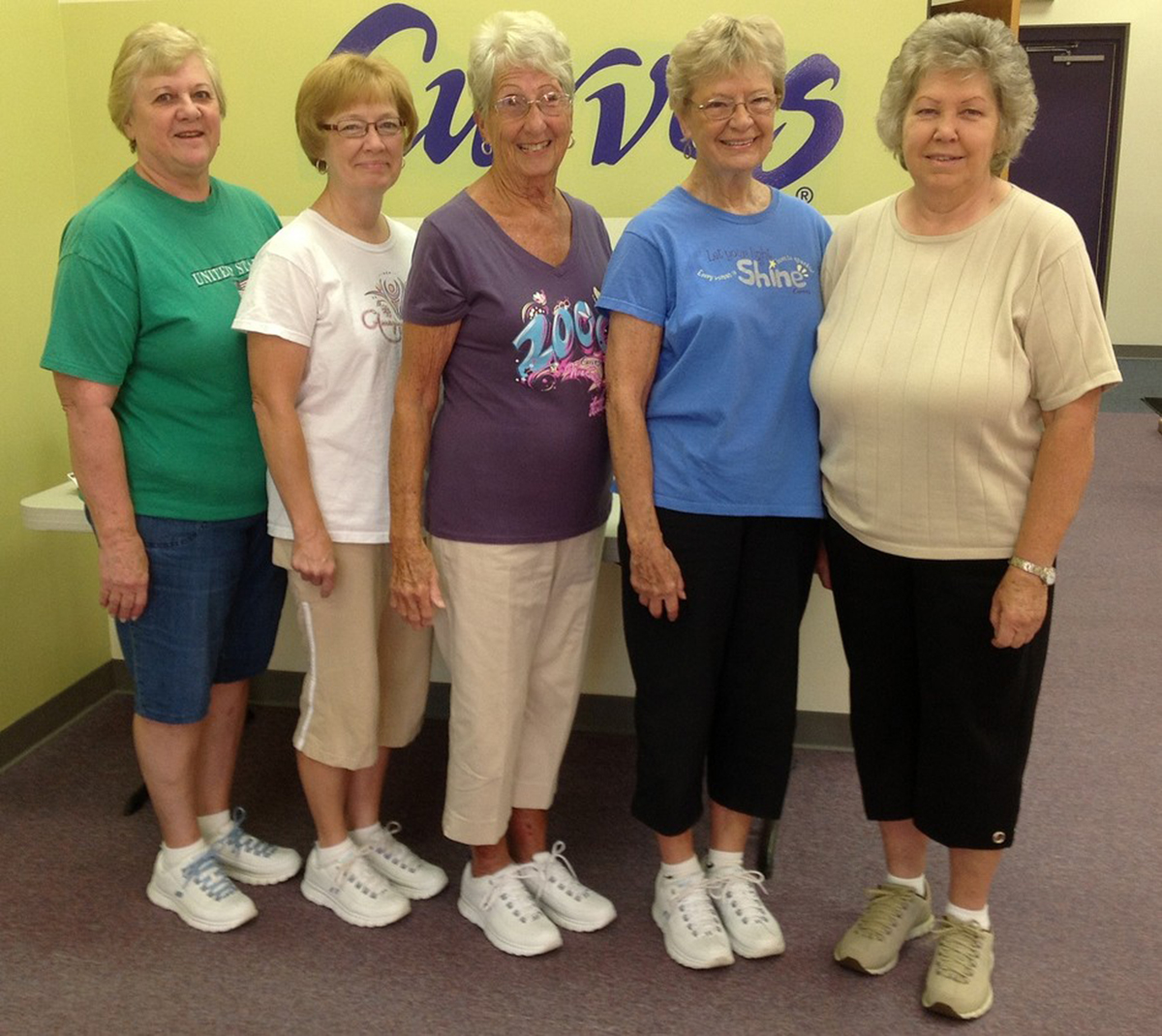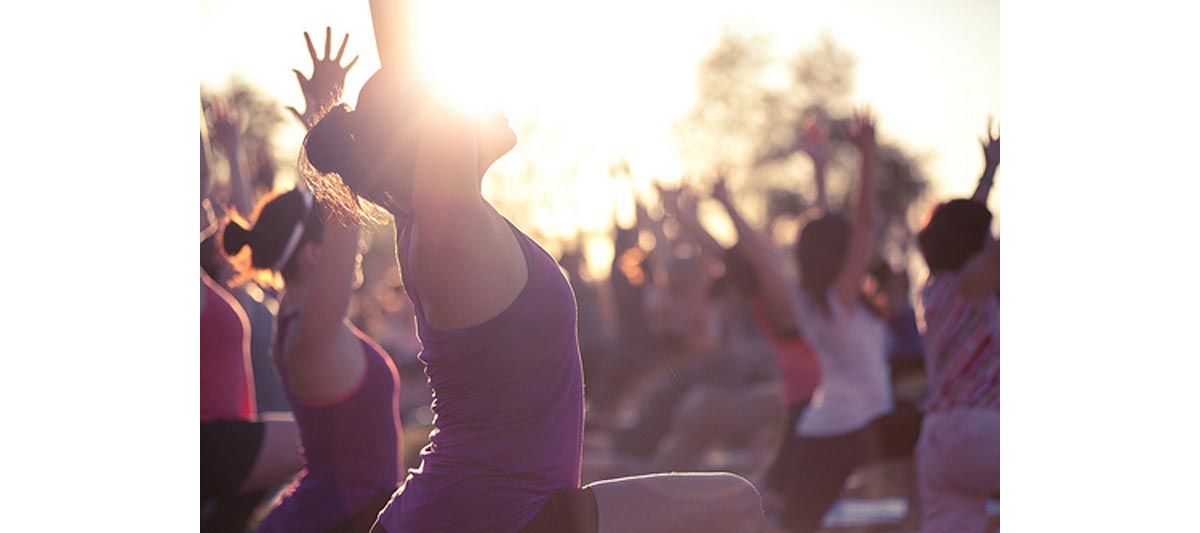Youth — kids and young adults — are usually able to learn and engage in nearly any sport or physical activity that they put their minds to. Unfortunately, this ability to “do it all” usually slows and comes to a halt as you get older. A cycle of doing less physical activity because we feel as though we are less capable usually leads to less activity, and so the cycle continues.
Is there a way you can get the physical activity you need, even if you're not young and active?

Seniors who are active are far more likely to live a healthier and happier life, and feel more well, involved, and have more positive social relationships. Keeping active throughout an entire lifetime leads to reduced risk of developing disease, heart conditions, diabetes, and other physical ailments. Exercise is also a preventive measure for injuries resulting from falls.
All of these great, proven positives about exercise, yet the rate of people who actually decide to engage in any form of exercise regularly reduces steadily with age. There is always a place for physical activity, and the benefits at any age make it worth your while. The gains made by those who have never been active are huge, so its never too late to start!
Anyone can exercise and engage in physical activity, but some sports and exercises are better and more effective, depending on your age. What's the best type of fitness program for your age? Let's dive in!
34 Years and Less
For those who are 34 and under, you are still versatile enough to start any new sport or training program you set your mind to. Even if you haven't exercised in 10 years, or spent ages at your desk, you'll still be able to slowly catch up. What sport may be a good starting point, though?
Soccer, baseball, hockey or other leisure sport leagues is a great way to get back in touch with your physical self. However, there are some risks associated with joining beer leagues; these usually have games only one night per week. This is the highest demographic of people who incur injuries. Playing a sport once per week is risky since it is not nearly enough to become “fit”. Instead, you'll be jolting the body around, getting it to do something it is not accustomed to.
Between 35 and 49 Years
This category is going to depend very strongly on how active you have previously been. If it has been 15 years or more since you've been involved in physical activity, progress very cautiously. Even though you may feel as though you can handle it, your brain and body are on two different playing fields. Gradually introduce yourself to exercise at least 3 days per week. You should be able to progress up to 5 or 6 days after 8 to 12 weeks.
Exercise at this age should begin to focus on muscle, bone, and heart health. You can still join a sports league, but be sure to first prepare with general conditioning. This means getting your mobility and flexibility going, and waking up your muscles. Imagine an old bicycle; the wheels and chain will be rusty, and need a little grease to get going. Your joints will need a greasing and wake up call before you get right into your workout.
Exercise 50 To 64 Years
This demographic of women and men enter the beginning stages of bone density and muscle mass loss. Not doing activity is no longer an option if you'd like to remain healthy. Weight bearing exercises are the only proven way of diminishing the effects of osteoporosis. Increasing protein and calcium intake may help, but has less effect over time.
If you have never exercised, you can still do resistance training in the form of calisthenics. This includes movements like squats, push ups, lunges, steps, sit ups and more. Good technique is imperative to avoid injury. See a trainer for help and advice.

Exercises should include lifting weights. Reps of 8 to 15 is sufficient, and exercise should take place 3 to 4 times per week to make a difference. Whole body exercises are better than single joint movements (choose rows rather than bicep curls).
Exercise Over 65
Once you are over 65, workouts should help to improve balance, and work to maintain bone and muscle mass. Exercises should include work on a bosu ball, doing step up and down work, and mimic other daily tasks. This is known as functional training. For example, if you have a staircase at home, practicing climbing up and down is a great way to maintain good balance, mobility and strength in these regularly used muscles and joints.
Carrying light weights and walking is a perfect example of another functional exercise. You can also try wall push ups, leg raises and shoulder presses.
Weight training can be done seated or standing, according to your own comfort. Depending on age and fitness levels, many even choose to lie down on their bed to perform certain exercises. This helps to work the core muscles without having to lay on the floor. Core exercises help to improve posture and balance.
Exercise can take place 2 to 3 times per week. Perform 1 or 2 sets of 15 to 20 repetitions (it doesn't have to be heavy at all!) for each exercise.
Remember that any exercise is better than none. Always consult your physician before you start any physical activity program. It is also a good idea to see a trainer to get started, regardless of which age group you are in, to learn safe technique.
- Photo courtesy of TownePost Network by Flickr : www.flickr.com/photos/atgeist/10403329434/

